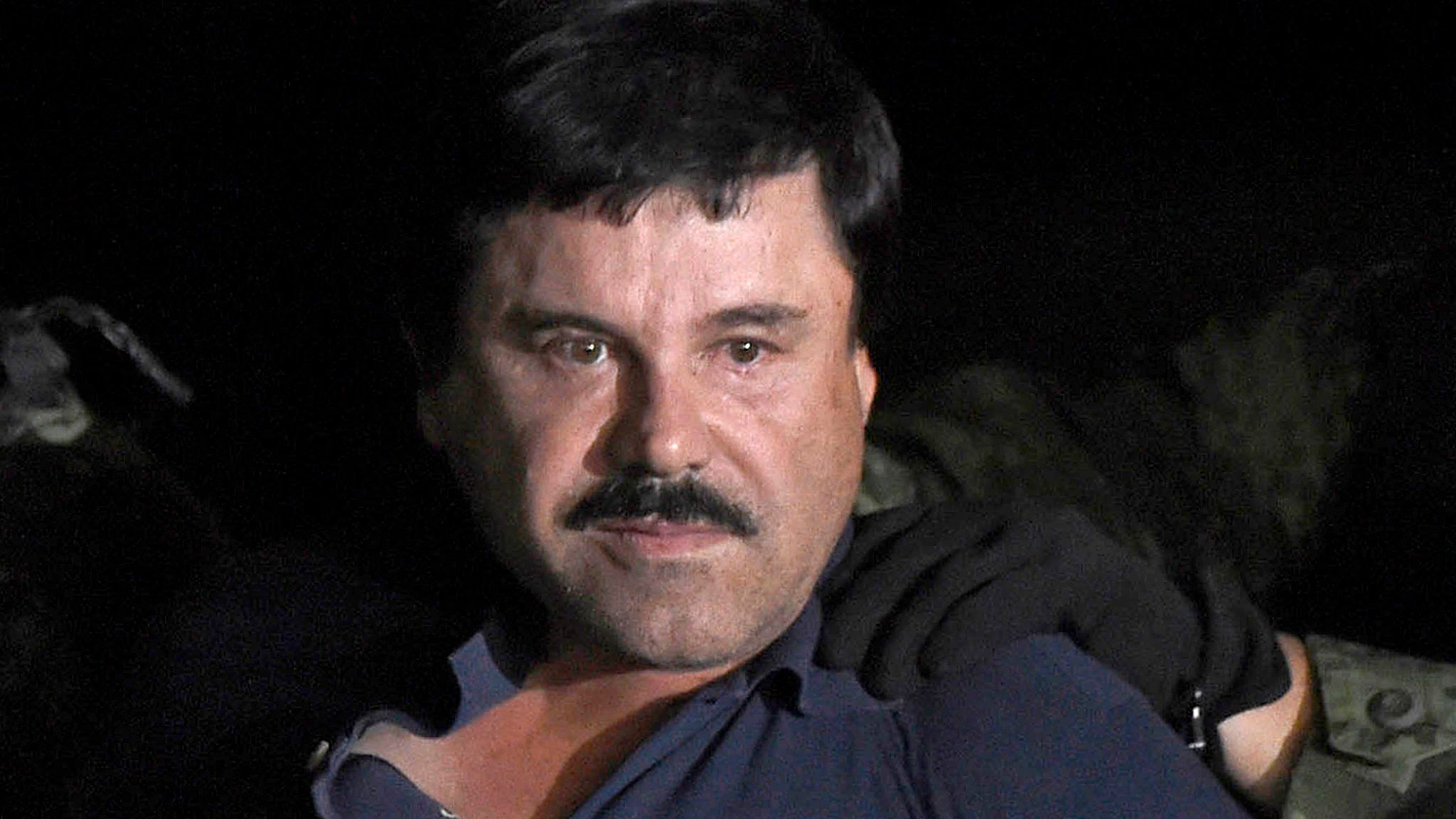[ad_1]
Electricity consumers in East Africa will continue to pay high prices despite significant investments in generation plants that have resulted in surplus output of power.
It is increasingly emerging that the promise of cheap power will not materialise any time soon, mainly because of policy and planning failures that have culminated to a mismatch between supply and demand for power.
The three big economies Kenya, Uganda and Tanzania’s combined peak electricity demand now stands at about 3,300 MW, way below the installed capacity of 5,500 MW.
For investors who have pumped billions of dollars into East Africa’s energy generation, the lack of capacity to consume available power is turning out to be a huge financial risk. Most of them relied on foreign loans with strict payment schedules that are now starting to loom large.
That is not all. Total installed capacity is expected to hit 10,000 MW in the medium-term with completion of ongoing projects but demand is expected to grow at a steady pace of about six per cent per annum saddled with subdued manufacturing sector.
Rizwan Fazal, the Lake Turkana Wind Power executive director reckons that the cost of power is not coming down because of the excess power available in the system that has left the consumer with the burden of paying for idle capacity.
Some analysts, however, insist that excess capacity is not the problem, but rather the absence of an efficient transmission system to transfer power where it is needed.
“The problem in Kenya is not excess capacity but that people who need power cannot get it because of lack of transmission lines,” said Prof Izael Pereira Da Silva, the Energy Research Centre director at Strathmore University.
This lack of high voltage transmission lines to spur growth in demand particularly in pockets of the region with little or no stable supply is not unique to Kenya.
Vast parts of Uganda, which has recently completed two hydro-power projects, remain without electricity because the existing transmission lines cover less than 40 per cent of the country.
In Kenya, a blame game has emerged as electricity generating companies grapple with near flat revenue growth and dependence on Kenya Power, the state monopoly that is the sole buyer and is trapped in a tough balancing act to buy electricity from all producers.
Kenya Electricity Transmission Company is particularly on the spot for failure to implement numerous high voltage transmission lines on time to facilitate the uptake of power from cheaper hydro, solar and wind sources that could prompt a decline in tariffs for consumers.
Ketraco has failed to deliver projects such as the 400kV Olkaria-Lessos-Kisumu line intended to facilitate reliable evacuation of power to Western Kenya and the 220kV Garsen-Bura-Hola-Garissa line designed to deliver reliable power supply to irrigation schemes in Bura and Hola.
Kenya Power’s national control centre, the epicentre of the generation mix uptake operation that also matches demand with supply, has become a focal point for generating companies seeking to sell more electricity.
Kenya has 19 power generating firms that have signed power purchase agreements with Kenya Power to supply electricity from geothermal, thermal, hydro, wind, solar, co-generation and imports.
The PPAs are either capacity-based with the focus on plant availability, an arrangement that guarantees returns irrespective of actual dispatch or energy-based where returns are dependent on dispatch.
Though heavy investments in renewables such as geothermal, wind and solar were expected to replace thermal and cut down reliance on hydro, whose role would be stabilising the grid and prices, the fact that Kenya Power is forced to buy electricity from all the sources has denied consumers cheap electricity.
However, the fact that industrial electricity consumption declined by 0.9 per cent to 4,230 gigawatt hours (GWhs) from 4,271 GWhs the previous year while small commercial consumption rose marginally from 1,395 GWhs to 1,403 GWhs means Kenya is generating excess electricity with no consumption capacity.
Other categories of consumers, domestic and street lighting, consumed 2,699 GWhs up from 2,504 GWhs.
This consumption is against an output of 10,702 GWhs, meaning the country has an excess capacity of 2,303 GWhs.
To encourage Kenya Power to buy more of its wind-generated electricity and enable it to meet its massive financial obligations to lenders, LTWP has now tabled a proposal to sell electricity to Kenya Power at half price.
Excess capacity and persistent high consumer pricing is even worse in Uganda where recent commissioning of the 183 MW Isimba hydropower dam has pushed power generation capacity to 1,167 MW, way above peak demand of about 600 MW.
Uganda, which has a tiny domestic electricity market is betting on exports to its neighbours but lack of high voltage interconnectors is hampering this ambition, leaving Ugandans to pay high electricity tariffs, a huge chunk of which goes to paying for idle capacity.
Mr Fazal said Kenya Power will get a 50 per cent price discount after purchasing 1.683 billion units of electricity, a threshold it expects to cross in October.
“We have so far done 550 million units kilowatt hours and when we hit the 1.683 billion kilowatt hours sometimes in October, anything above that will be sold at half price,” he said.
Since September last year when it started to inject electricity into the national grid, the company has earned $78.3 million from electricity sales.
It however carries huge loan obligations that requires it to pay $165.6 million annually for the next five years.
[ad_2]
Source link
Kenyan Business Feed is the top Kenyan Business Blog. We share news from Kenya and across the region. To contact us with any alert, please email us to [email protected]










